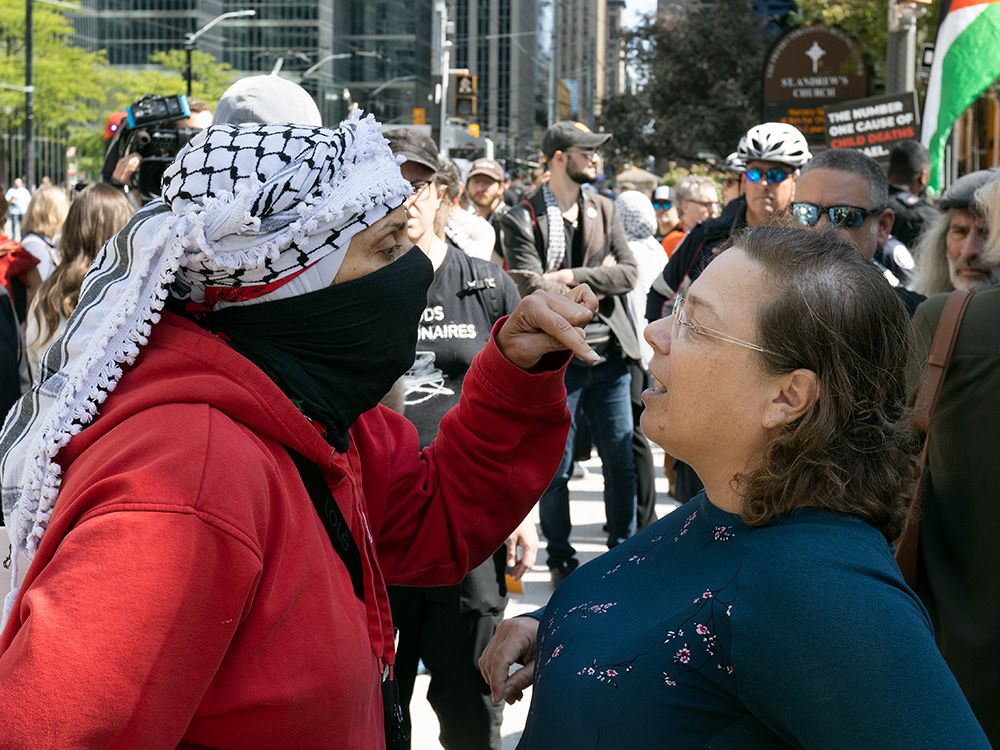The central bank will kick off its September meeting shortly after the US Federal Reserve is expected to cut its policy rate
[TOKYO] Most Bank of Japan (BOJ) watchers expect authorities to lift the benchmark interest rate by January, with the proportion picking next month as the likely timing edging down after Prime Minister Shigeru Ishiba’s resignation amplified political uncertainty, according to a Bloomberg survey.
While no one forecasts a rate change when governor Kazuo Ueda’s board delivers a policy decision on Friday (Sep 19) next week, some 88 per cent of 50 surveyed economists said that the central bank will raise the rate from 0.5 per cent by the end of January, according to the poll.
October remains the most popular pick for the timing, but the percentage favouring that month slipped to 36 per cent from 42 per cent in the previous survey conducted after the July policy meeting.
Looking ahead, December saw an increase in bets for a hike, with 22 per cent now predicting a move that month, up from 11 per cent. Some 30 per cent predict the move will come in January, almost the same as the 33 per cent result in the previous survey.
Ishiba’s impending departure has set in motion a Liberal Democratic Party leadership race next month that will precede a parliamentary vote to choose the next prime minister.
BNP Paribas is among those pushing back their rate hike calls from October, citing the intensified political uncertainty and the rising likelihood of back-to-back rate cuts by the US Federal Reserve to shore up the US economy.
BT in your inbox
Start and end each day with the latest news stories and analyses delivered straight to your inbox.
“The BOJ is likely to keep its wait-and-see mode for the time being,” Ryutaro Kono, chief Japan economist at the BNP, wrote in a survey response. “We changed our outlook for the resumption of rate hikes to December. The risk of falling behind the curve is rising for the BOJ as it sits tight.”
Even with bets on October having been pushed back, many still see that meeting as a live event, with almost 70 per cent saying it’s the earliest possible timing for a hike.
The BOJ will publish its next quarterly economic outlook report along with its decision on Oct 30, factoring in results from its Tankan business survey due at the start of the month as well as feedback from a branch managers’ meeting.
The earliest rumblings of annual wage negotiations will also begin with the largest federation of unions likely to announce its goal for pay increases for next fiscal year.
The surveyed economists raised their median forecast for the terminal rate in the current hiking cycle to 1.25 per cent, up from 1 per cent in the previous poll.
“I continue to see the likelihood of an additional hike in October as long as they conclude that the wage-inflation cycle will be maintained,” said Yusuke Matsuo, senior market economist at Mizuho Securities.
Japanese workers’ nominal pay rose in July at the fastest clip in seven months, with real wages increasing for the first time this year.
Japan’s key inflation gauge has stayed at or above the BOJ’s 2 per cent target for more than three years. Some 40 per cent said that the possibility of the BOJ falling behind the curve in fighting inflation is rising, while 50 per cent disagreed with that idea, according to the survey.
Roughly 60 per cent said that they share Ueda’s view that underlying inflation is still below the bank’s target, although almost the same ratio of respondents said the BOJ’s explanation of price trends is hard to understand.
The BOJ will kick off its September meeting shortly after the US Federal Reserve is expected to cut its policy rate. No analysts in the survey said that a Fed cut would make it easier for the BOJ to raise its rate, while one-third said it would make it harder. Some 56 per cent said that the outcome would have a neutral impact.
The yen has remained relatively weak even after market expectations for a narrowing US-Japan interest rate gap picked up as traders priced in Fed rate cuts. About three-quarters of BOJ watchers blamed the BOJ’s cautious stance for the yen’s weakness, while some 13 per cent said it’s not the case, and the rest said it’s hard to tell.
BOJ watchers will closely parse Ueda’s description of risks and progress towards meeting the bank’s stable inflation target when the governor holds a press conference following the Sep 19 decision.
“The focus of the September meeting is any signal over the distance until the next rate hike,” said Tsuyoshi Ueno, executive research fellow at NLI Research Institute. “How long is enough to confirm economic developments? How wary are they of cost-push inflationary pressure? I see a roughly 60 per cent chance of a hike within this year.” BLOOMBERG








